Development and Application of a Structural Health Monitoring System Based on Wireless Smart Aggregates
Abstract
:1. Introduction
2. Design of the Wireless Smart Aggregate SHM System
2.1. System Setup and Signal Flow
2.2. Selection of Wireless Network
2.3. WSA Monitoring Nodes
2.4. Auxiliary Equipment
3. Active Monitoring Mode
3.1. Active Monitoring Method
3.2. Validation Test of Active Monitoring Function
4. Conclusions
Acknowledgments
Author Contributions
Conflicts of Interest
References
- Saafi, M.M.; Sayyah, T. Health monitoring of concrete structures strengthened with advanced composite materials using piezoelectric transducers. Composites B 2001, 32, 333–342. [Google Scholar] [CrossRef]
- Roh, Y.S.; Chang, F.K. Built in Diagnostics for Identifying an Anomaly in Plates USING Wave Scattering. Ph.D. Thesis, University of Stanford, Stanford, CA, USA, 1999. [Google Scholar]
- Kawiecki, G. Feasibility of applying distributed piezo transducers to structural damage detection. J. Struct. Intell. Mater. Syst. Struct. 1998, 3, 189–197. [Google Scholar] [CrossRef]
- Sirohi, J.; Chopra, I. Fundamental understanding of piezoelectric strain sensors. J. Intell. Mater. Syst. Struct. 2000, 11, 246–257. [Google Scholar] [CrossRef]
- Wang, C.S.; Chang, F.K. Built-in diagnostics for impact damage identification of composite structures. In Proceedings of the 2nd International Workshop on Structural Health Monitoring, Stanford, CA, USA, 8–10 September 1999; pp. 612–621. [Google Scholar]
- Wang, C.S.; Wu, F.; Chang, F.K. Structural health monitoring from fiber-reinforced composites to steel-reinforced concrete. Smart Mater. Struct. 2001, 10, 548. [Google Scholar] [CrossRef]
- Yan, S.; Sun, W. Erical simulation for concrete structural health monitoring based on smart piezoelectric transducer array. Adv. Sci. Technol. 2008, 56, 469–476. [Google Scholar] [CrossRef]
- Yan, S.; Sun, W.; Song, G.; Gu, H.; Huo, L.-S.; Liu, B.; Zhang, Y.-G. Health monitoring of reinforced concrete shear walls using smart aggregates. Smart Mater. Struct. 2009, 18, 047001. [Google Scholar] [CrossRef]
- Sun, W. Health Monitoring Technology for Smart Concrete Structures Using Piezoelectric Ceramic. Ph.D. Thesis, Dalian University of Technology, Dalian, China, 2009. (In Chinese). [Google Scholar]
- Qiu, L.; Yuan, S.F. Research and application of integrated health monitoring scanning system based on PZT sensor array. Piezoelectr. Acoustoopt. 2008, 30, 39–41. (In Chinese) [Google Scholar]
- Yan, S.; Wu, J.X.; Deng, D.; Yan, S.; Sun, W.; Cheng, P. Concrete stress monitoring and numerical analysis on new type rock bolt foundation of wind turbine generator. Concrete 2013, 5, 9–12. (In Chinese) [Google Scholar]
- Song, G.B.; Mo, Y.L.; Otero, K.; Gu, H. Health monitoring and rehabilitation of a concrete structure using intelligent materials. Smart Mater. Struct. 2006, 15, 309–314. [Google Scholar] [CrossRef]
- Song, G.; Gu, H.; Mo, Y.L.; Hsu, T.T.C.; Dhonde, H. Concrete structural health monitoring using embedded piezoceramic transducers. Smart Mater. Struct. 2007, 16, 959–968. [Google Scholar] [CrossRef]
- Song, G.; Gu, H.C.; Mo, Y.L. Smart aggregates: Multi-functional sensors for concrete structures-a tutorial and a review. Smart Mater. Struct. 2008, 17, 033001. [Google Scholar] [CrossRef]
- Gu, H.; Moslehy, Y.; Sanders, D.; Song, G.; Mo, Y.L. Multi-functional smart aggregate-based structural health monitoring of circular reinforced concrete columns subjected to seismic excitations. Smart Mater. Struct. 2010, 19, 065026. [Google Scholar] [CrossRef]
- Liao, W.I.; Wang, J.X.; Song, G.; Gu, H.; Olmi, C.; Mo, Y.L.; Chang, K.C.; Loh, C.H. Structural health monitoring of concrete columns subjected to seismic excitations using piezoceramic-based sensors. Smart Mater. Struct. 2011, 20, 125015. [Google Scholar] [CrossRef]
- Laskar, A.; Gu, H.; Mo, Y.L.; Song, G. Progressive collapse of a two-story reinforced concrete frame with embedded smart aggregates. Smart Mater. Struct. 2009, 18, 075001. [Google Scholar] [CrossRef]
- Sun, F.P.; Chaudhry, Z.; Liang, C.; Rogers, C.A. Truss structure integrity identification using PZT sensor-actuator. J. Intell. Mater. Syst. Struct. 1995, 16, 134–139. [Google Scholar] [CrossRef]
- Kim, J.T.; Nguyen, K.D.; Huynh, T.C. Wireless health monitoring of stay cable using piezoelectric strain response and smart skin technique. Smart Struct. Syst. 2013, 12, 381–397. [Google Scholar] [CrossRef]
- Soh, C.K.; Tseng, K.K.; Bhalla, S.; Gupta, A. Performance of smart piezoceramic patches in health monitoring of a RC bridge. Smart Mater. Struct. 2000, 9, 533–542. [Google Scholar] [CrossRef]
- Bhalla, S.; Soh, C.K. Structural impedance based damage diagnosis piezo-transducers. Earthq. Eng. Struct. Dyn. 2003, 32, 1897–1916. [Google Scholar] [CrossRef]
- Wang, D.S. Structural Damage Detection Based on the Anti-Resonant Frequency and Piezoelectric Impedance. Ph.D. Thesis, University of Science & Technology, Hefei, China, 2006. (In Chinese). [Google Scholar]
- Baptista, F.G.; Filho, J.V. A new impedance measurement system for PZT-based structural health monitoring. IEEE Trans. Instrum. Meas. 2009, 58, 3602–3608. [Google Scholar] [CrossRef]
- Yang, X.M. Research on Performance Monitoring System and Damage Identification Method for Civil Engineering Structures. Ph.D. Thesis, University of Tianjin, Tianjin, China, 2006. (In Chinese). [Google Scholar]
- Song, G.B.; Olmi, C.; Gu, H. An over height vehicle-bridge collision monitoring system using piezoelectric transducers. Smart Mater. Struct. 2007, 16, 462–468. [Google Scholar] [CrossRef]
- Pines, D.J.; Lovell, P.A. Conceptual framework of a remote wireless health monitoring system for large civil structure. Smart Mater. Struct. 1998, 7, 627–636. [Google Scholar] [CrossRef]
- Yu, Y.; Ou, J.; Li, H. Design, calibration and application of wireless sensors for structural global and local monitoring of civil infrastructures. Smart Struct. Syst. 2010, 6, 641–659. [Google Scholar] [CrossRef]
- Yu, Y.; Ou, J.; Zhang, J.; Zhang, C.; Li, L. Development of wireless MEMS inclination sensor system for swing monitoring of large-scale hook structures. IEEE Trans. Ind. Electron. 2009, 56, 1072–1078. [Google Scholar]
- Li, P.; Gu, H.C.; Song, G.B.; Zheng, R.; Mo, Y.L. Concrete structural health monitoring using piezoceramic-based wireless sensor networks. Smart Struct. Syst. 2010, 6, 731–748. [Google Scholar] [CrossRef]
- Wu, J.X. Development of Piezoceramic Concrete Structure Health Monitoring System Based on Virtual instrument. Master’s Thesis, Shenyang Jianzhu University, Shenyang, China, 2012. (In Chinese). [Google Scholar]
- D’Alessandro, A.; Rallini, M.; Ubertini, F.; Materazzi, A.L.; Kenny, J. Investigations on scalable fabrication procedures for self-sensing carbon nanotube cement-matrix composites for SHM applications. Cem. Concr. Compos. 2016, 65, 200–213. [Google Scholar] [CrossRef]
- Materazzi, A.L.; Ubertini, F.; D’Alessandro, A. Carbon nanotube cement-based transducers for dynamic sensing of strain. Cem. Concr. Compos. 2013, 37, 2–11. [Google Scholar] [CrossRef]
- Yan, S.; Sun, W. A Piezoelectric Smart Aggregate for Structural Health Monitoring of Civil Structures. Chinese Patent 200810010010.8, 15 September 2010. [Google Scholar]
- Yan, S.; Wu, J.X.; Sun, W.; Yan, H. A Piezoelectric Smart Sensor Used in Concrete Structures. Chinese Patent 201220535065.2, 10 April 2013. [Google Scholar]
- Lei, J.F. Vehicle Weigh-In-Motion Technology Research Based on Piezoelectric Smart Pavement. Master’s Thesis, Dalian University of Technology, Dalian, China, 2013. (In Chinese). [Google Scholar]
- Yan, S.; Ma, H.Y.; Jiang, X.L.; Qi, B.H.; Liu, F.X. A bridge health monitoring system based on wireless smart aggregates. Appl. Mech. Mater. 2014, 578–579, 1138–1144. [Google Scholar] [CrossRef]
- Yan, S.; Wu, J; Zhao, N.Z. Freeze-thaw cycle test research of PZT-based smart aggregates. In Proceedings of the 2011 World Congress on Advances in Structural Engineering and Mechanics (ASEM’11+), Seoul, Korea, 18–22 September 2001. [Google Scholar]
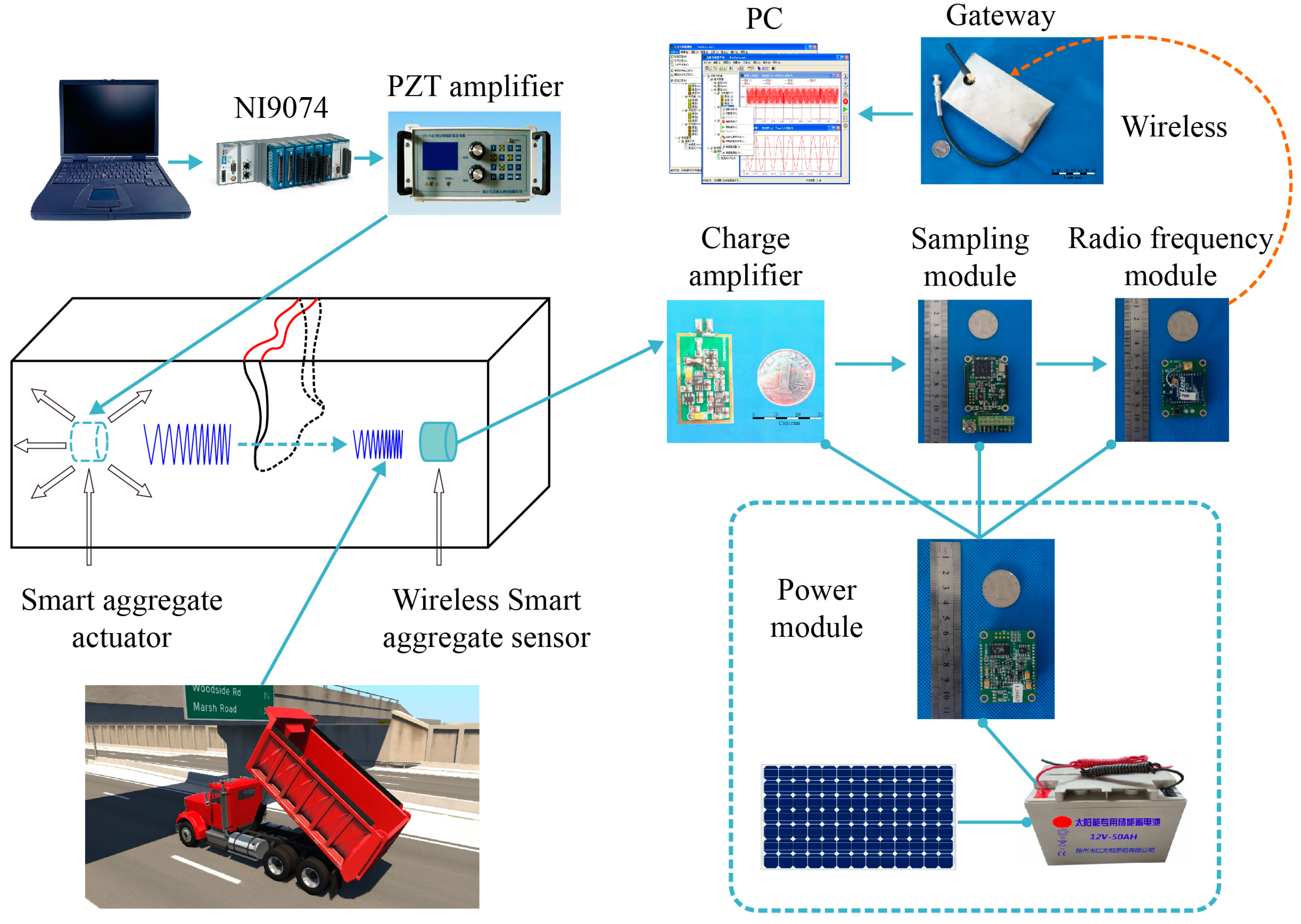
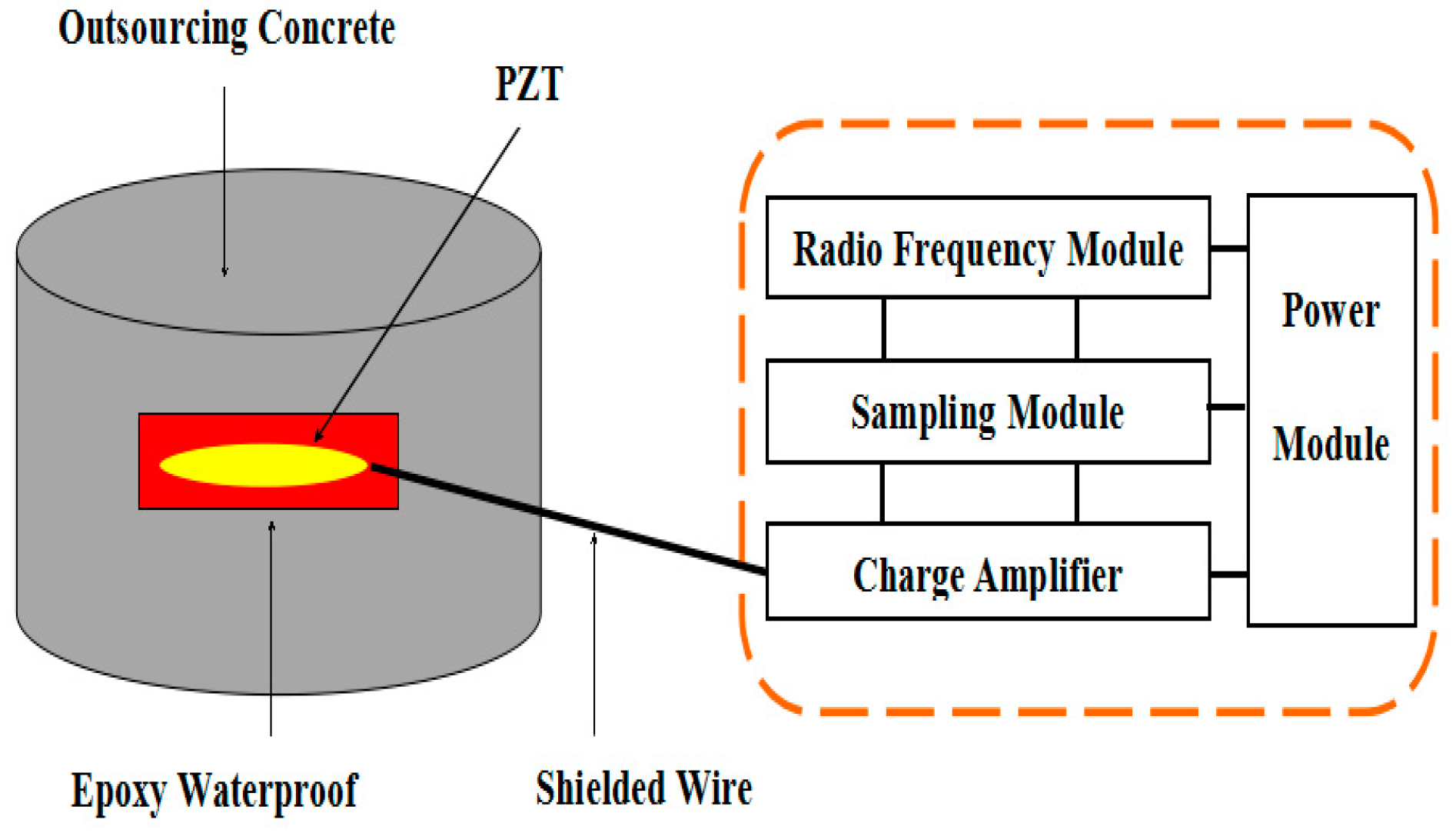





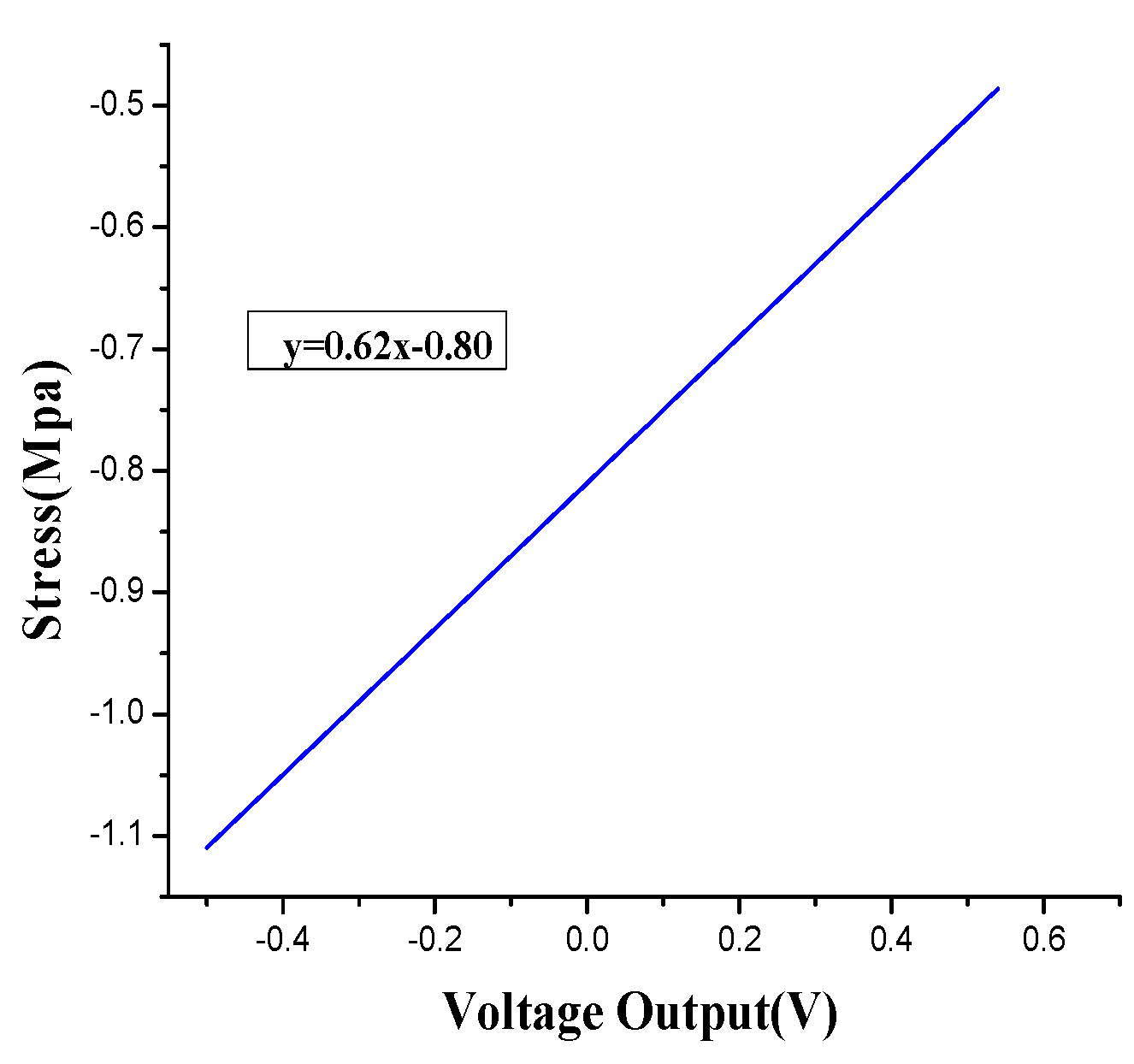

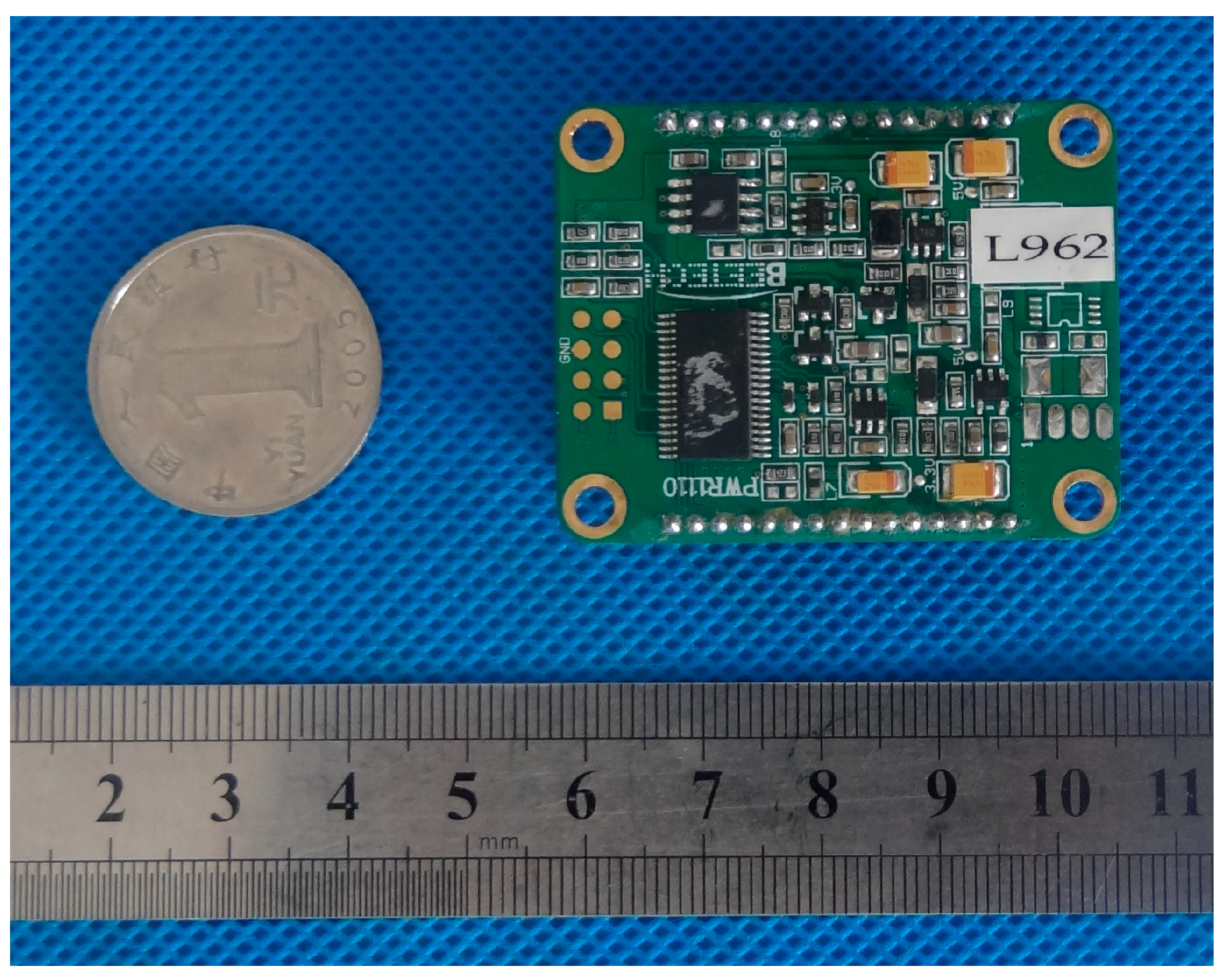
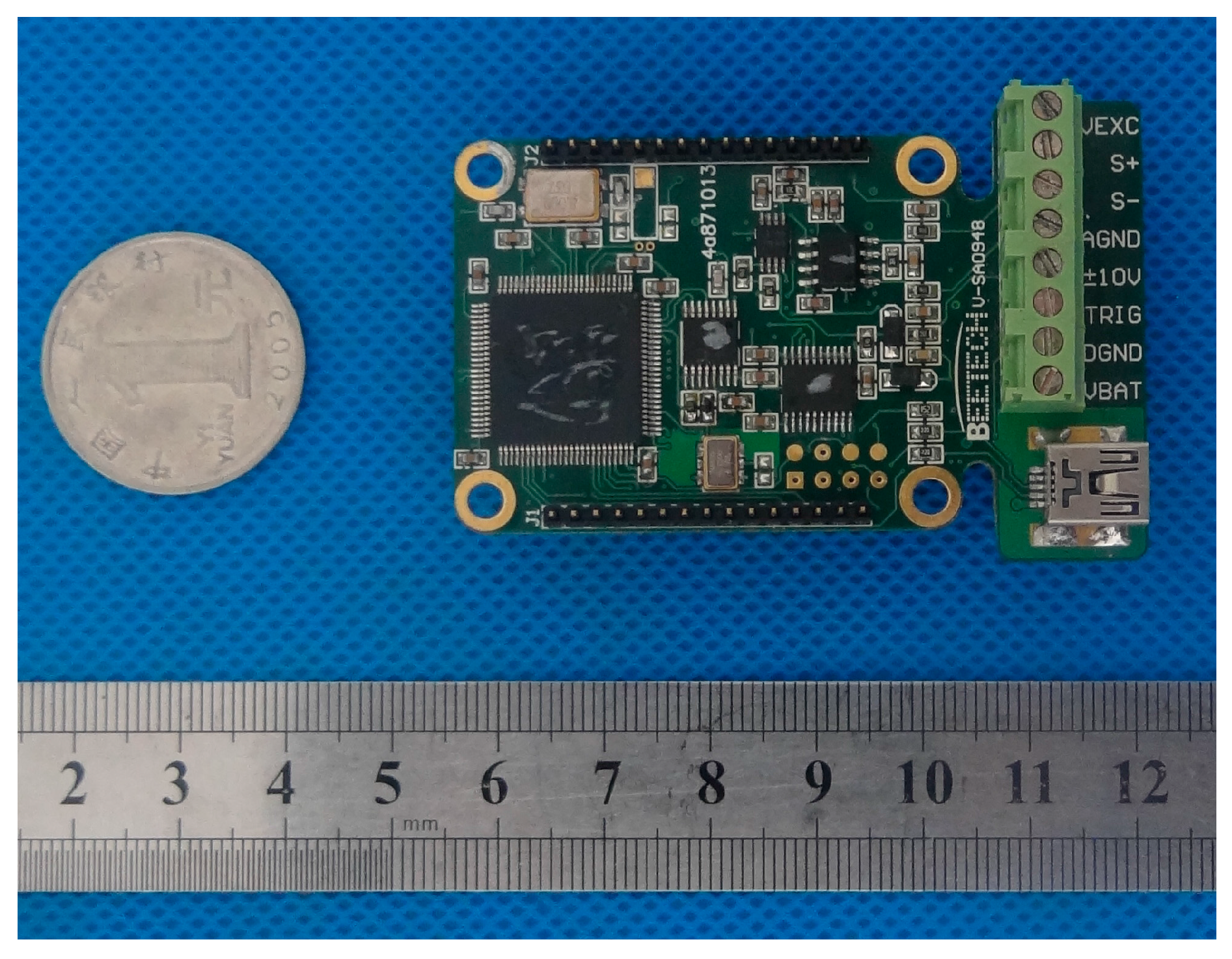
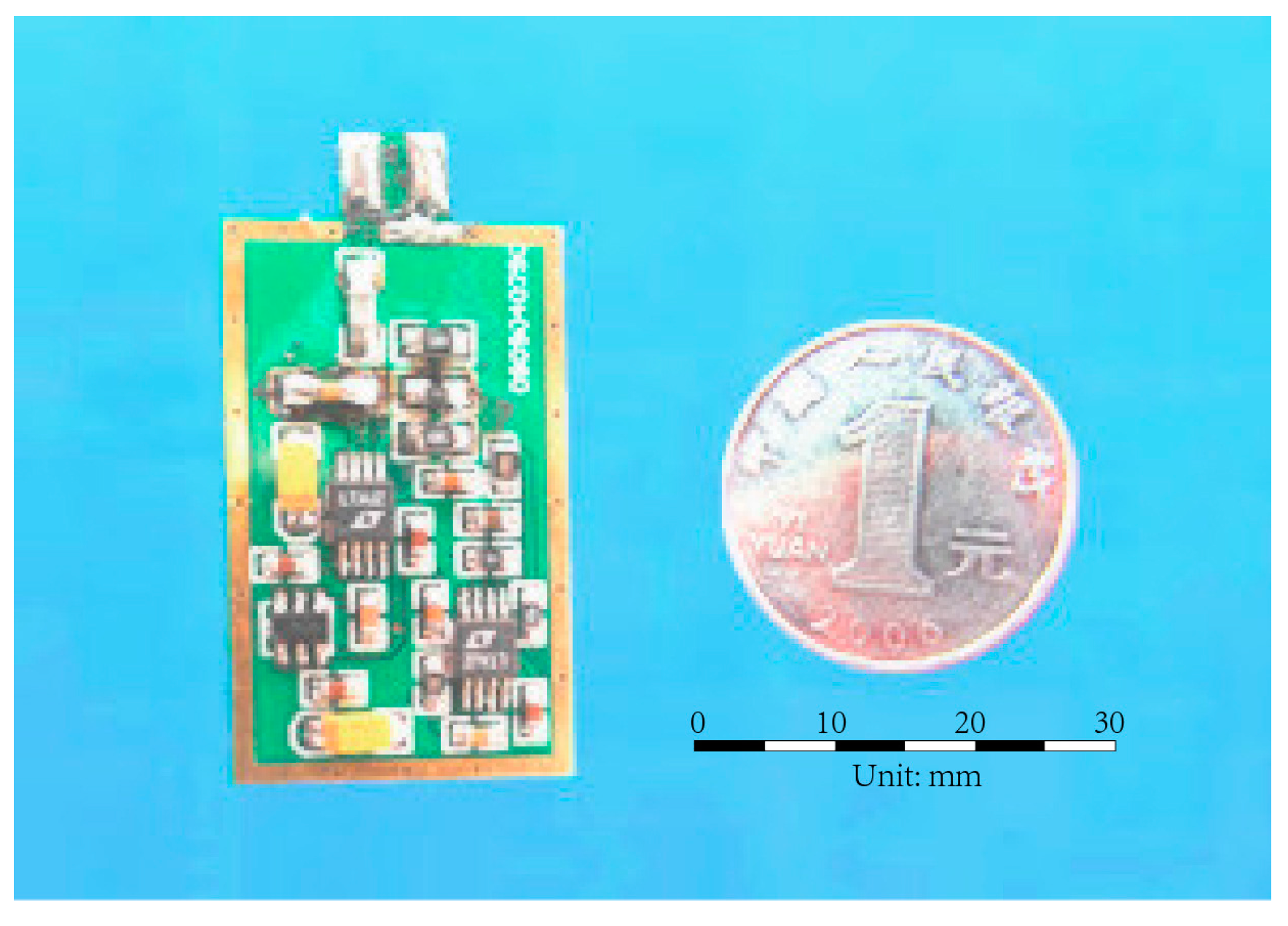

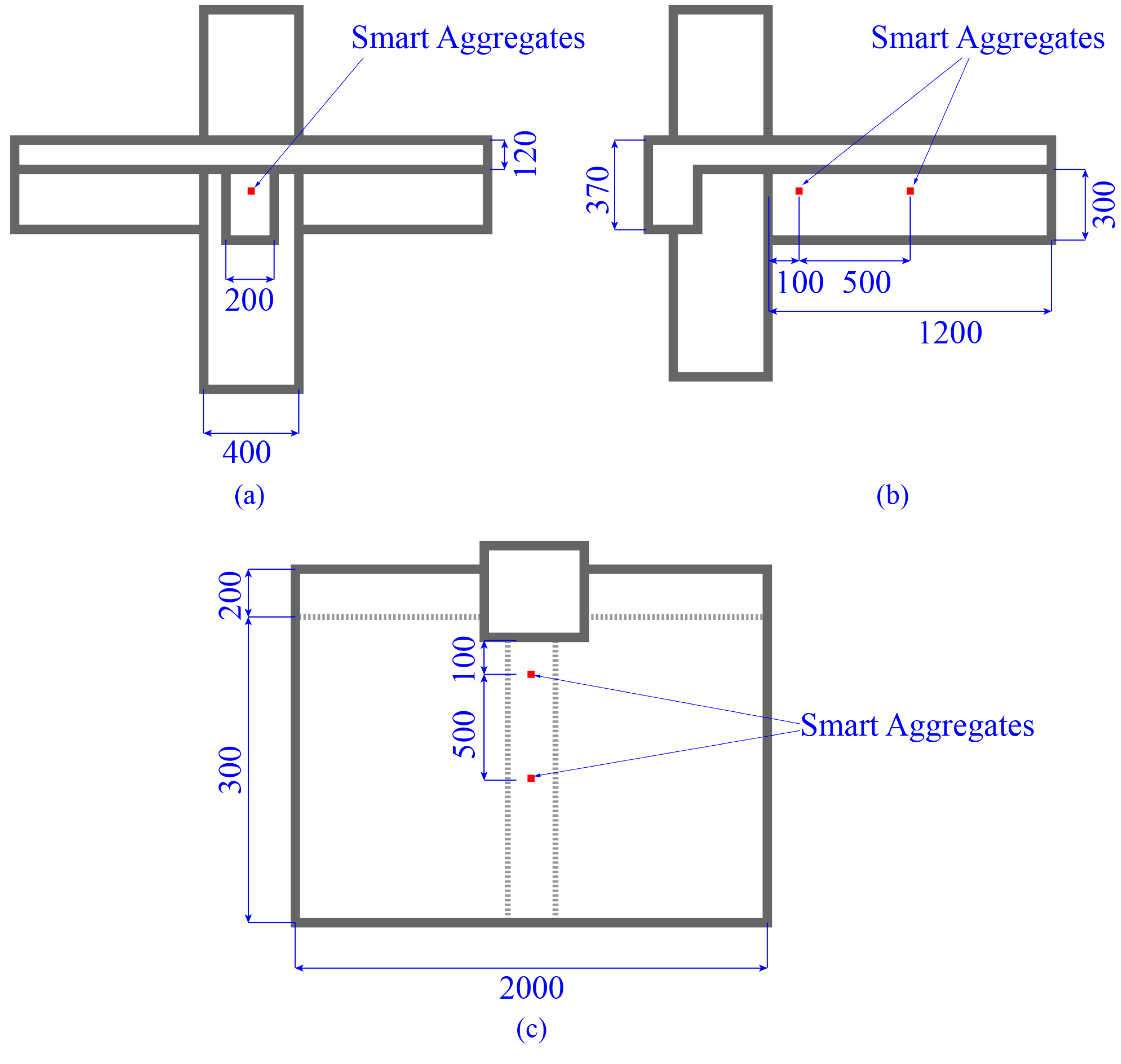
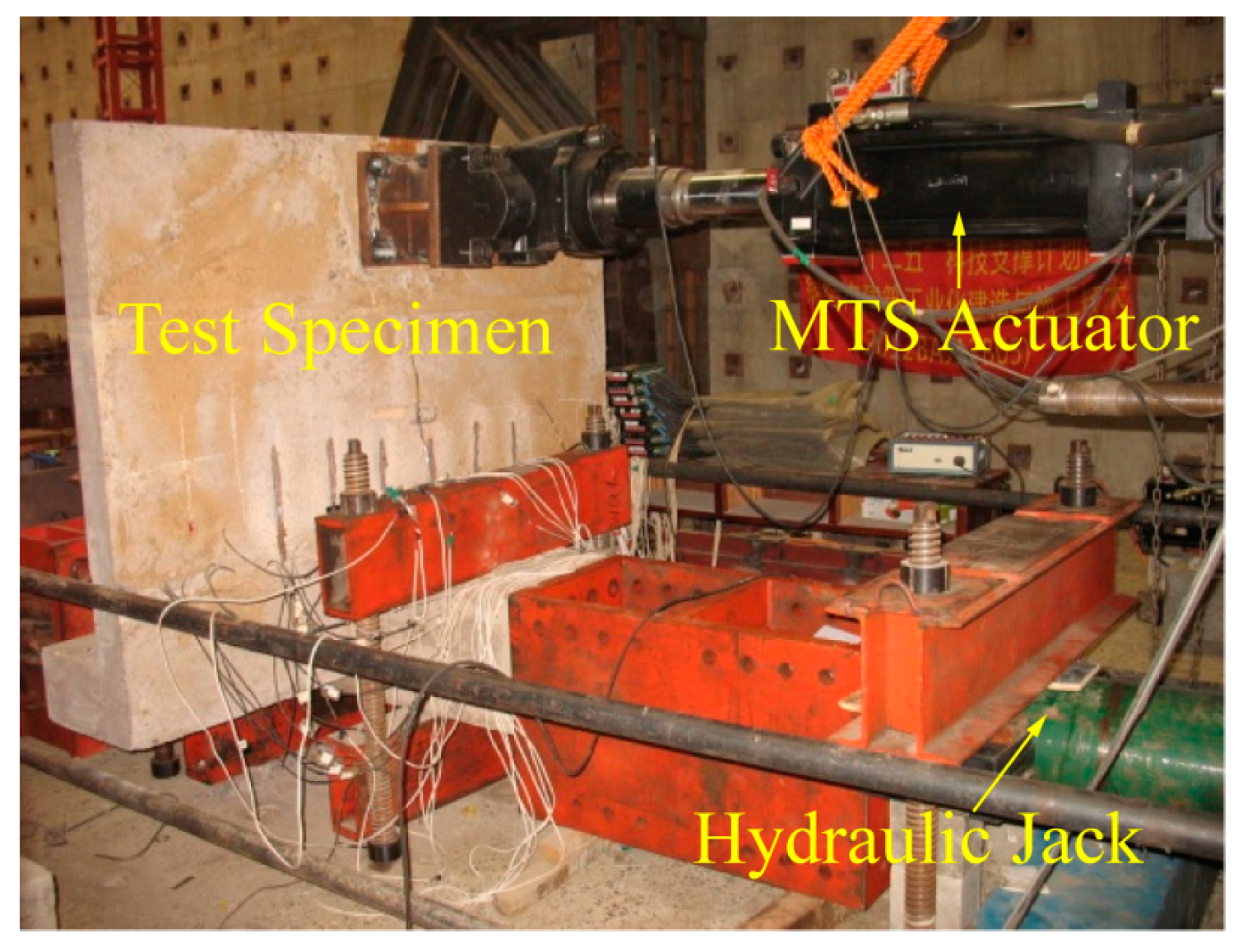
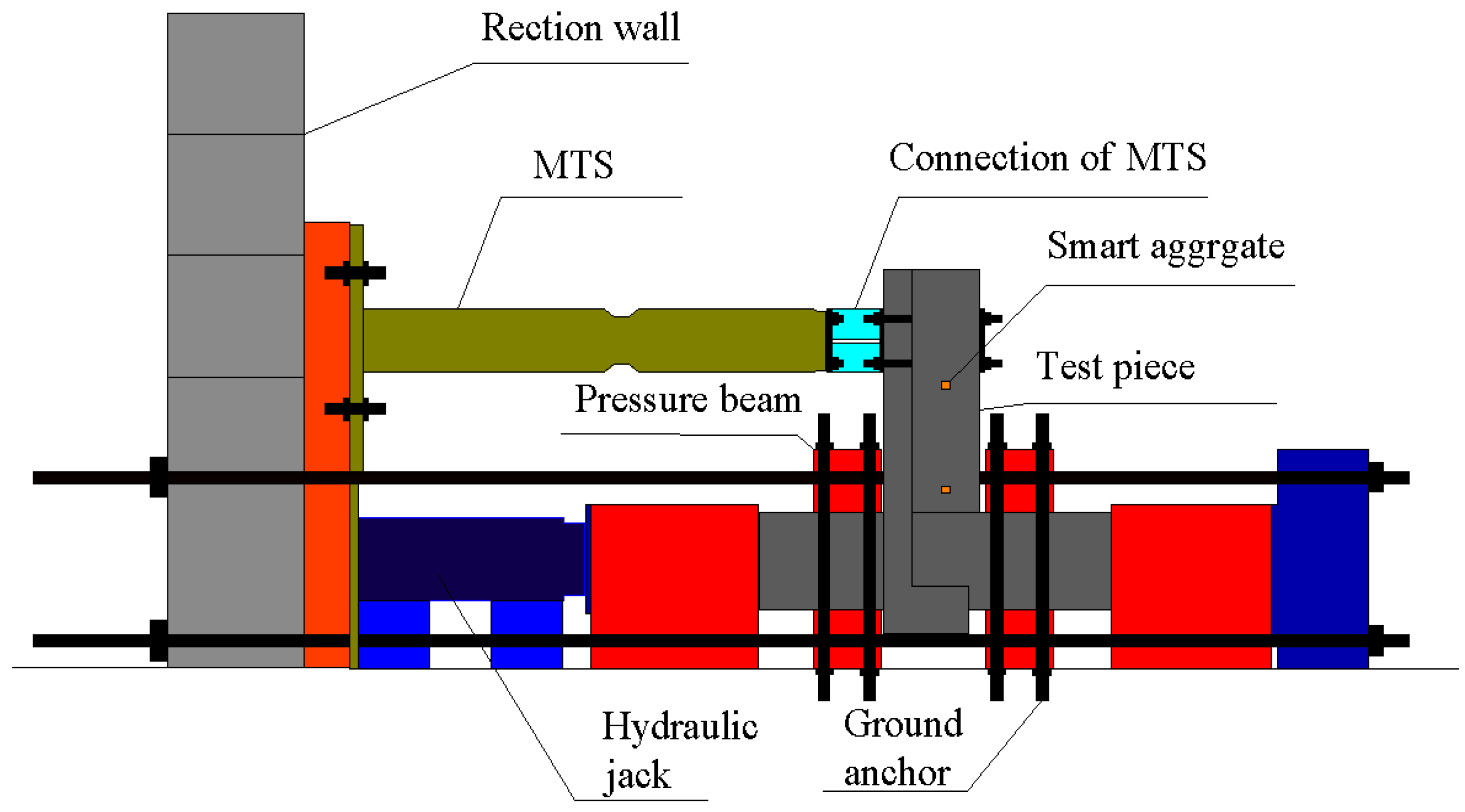
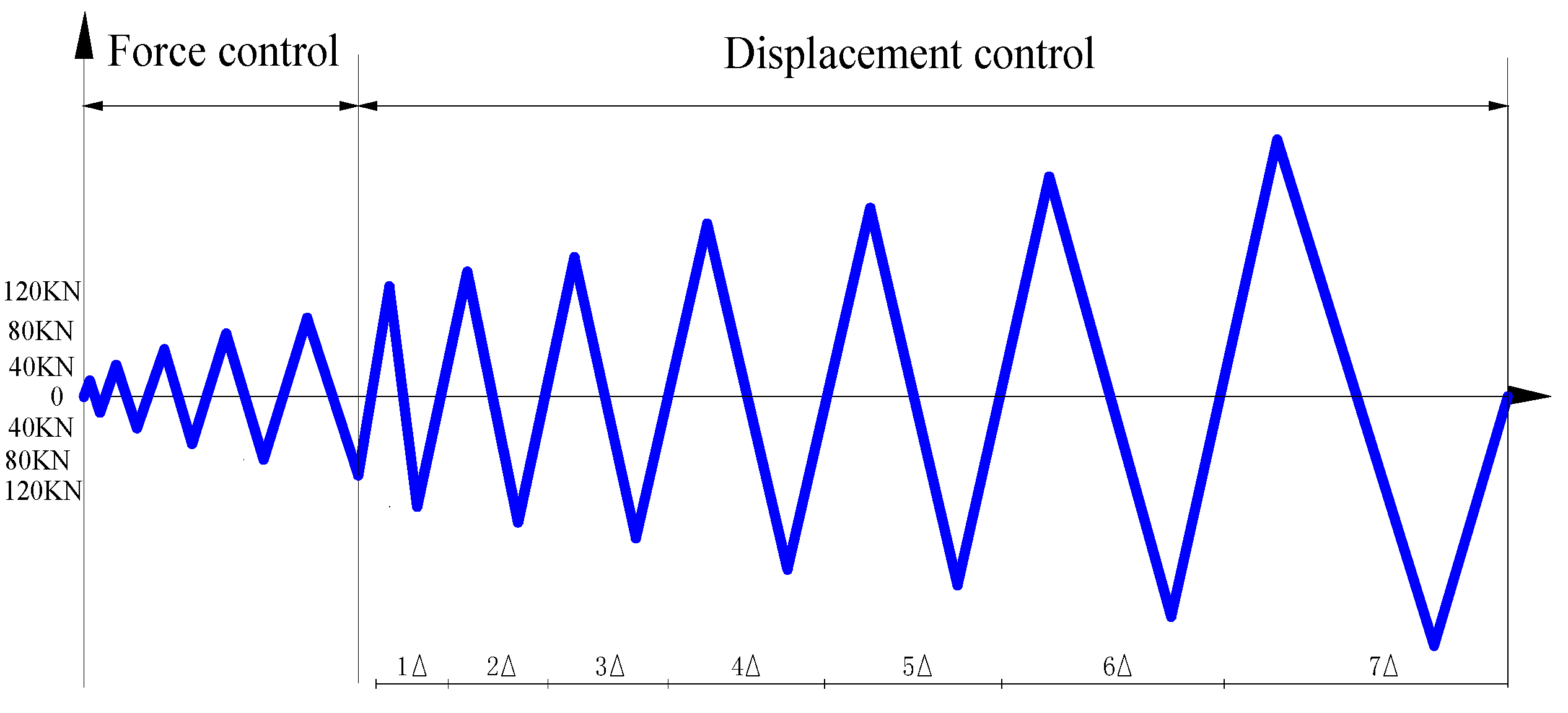

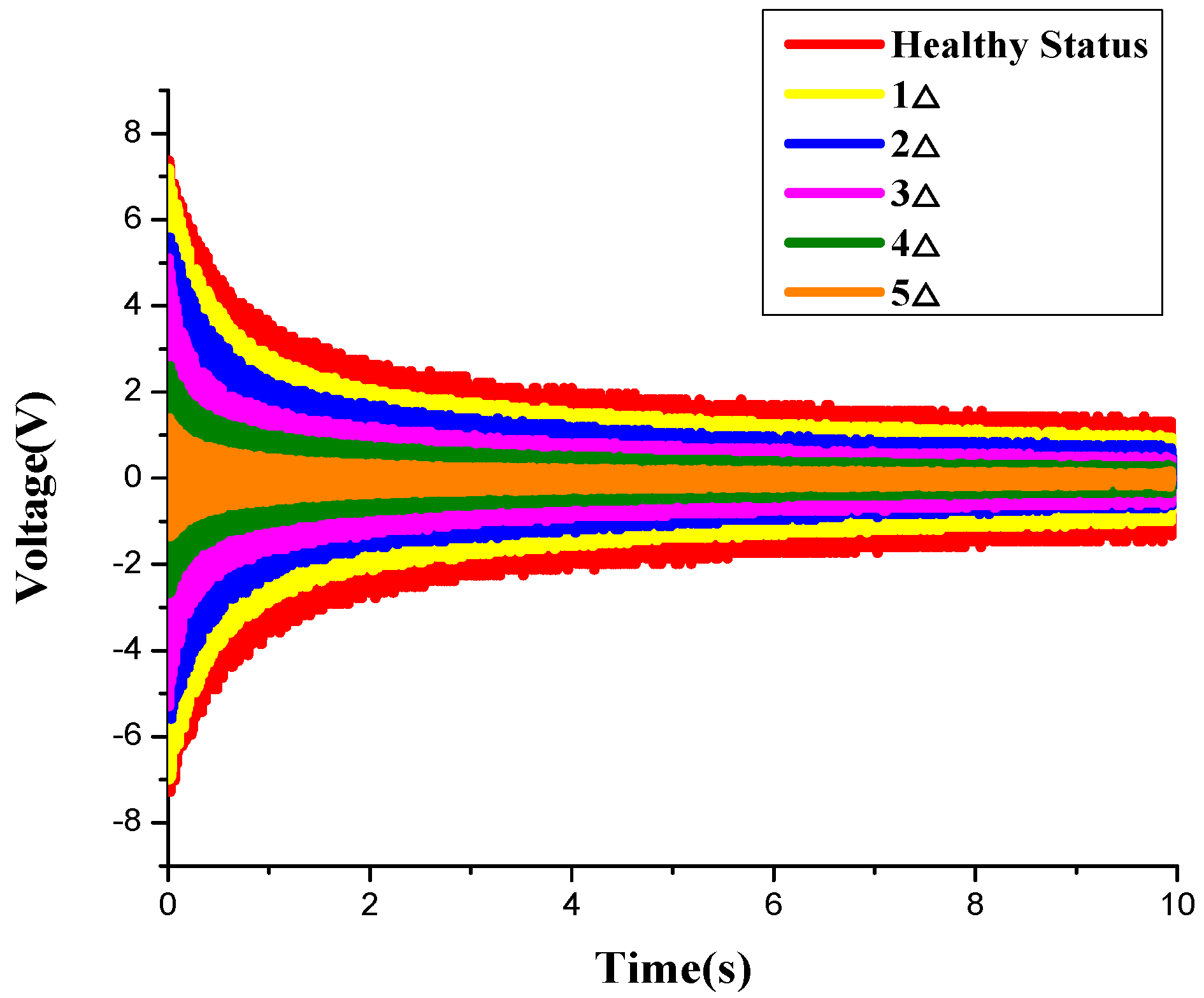


| Category | Zigbee | Bluetooth | Wi-Fi | Tele Communication |
|---|---|---|---|---|
| Single point coverage range | 50–300 (m) | 10 (m) | 50 (m) | Several (km) |
| Network expansion capabilities | Automatic | None | None | Relying on existing network coverage |
| Complexity | Low | Medium | High | Medium |
| Time for network connection | 30 s | 10 s | 3 s | Several seconds |
| Fee | None | None | None | High |
| power consumption | Low | High | High | Medium |
| Data rate | 250 Kbps | 1 Mbps | 1 to 11 Mbps | Norma1ly 19.2 Kbps |
© 2017 by the authors. Licensee MDPI, Basel, Switzerland. This article is an open access article distributed under the terms and conditions of the Creative Commons Attribution (CC BY) license (http://creativecommons.org/licenses/by/4.0/).
Share and Cite
Yan, S.; Ma, H.; Li, P.; Song, G.; Wu, J. Development and Application of a Structural Health Monitoring System Based on Wireless Smart Aggregates. Sensors 2017, 17, 1641. https://doi.org/10.3390/s17071641
Yan S, Ma H, Li P, Song G, Wu J. Development and Application of a Structural Health Monitoring System Based on Wireless Smart Aggregates. Sensors. 2017; 17(7):1641. https://doi.org/10.3390/s17071641
Chicago/Turabian StyleYan, Shi, Haoyan Ma, Peng Li, Gangbing Song, and Jianxin Wu. 2017. "Development and Application of a Structural Health Monitoring System Based on Wireless Smart Aggregates" Sensors 17, no. 7: 1641. https://doi.org/10.3390/s17071641






